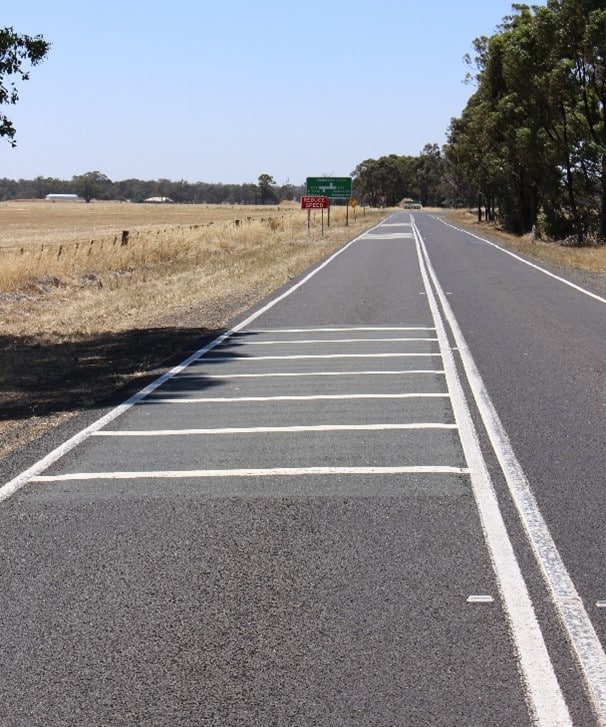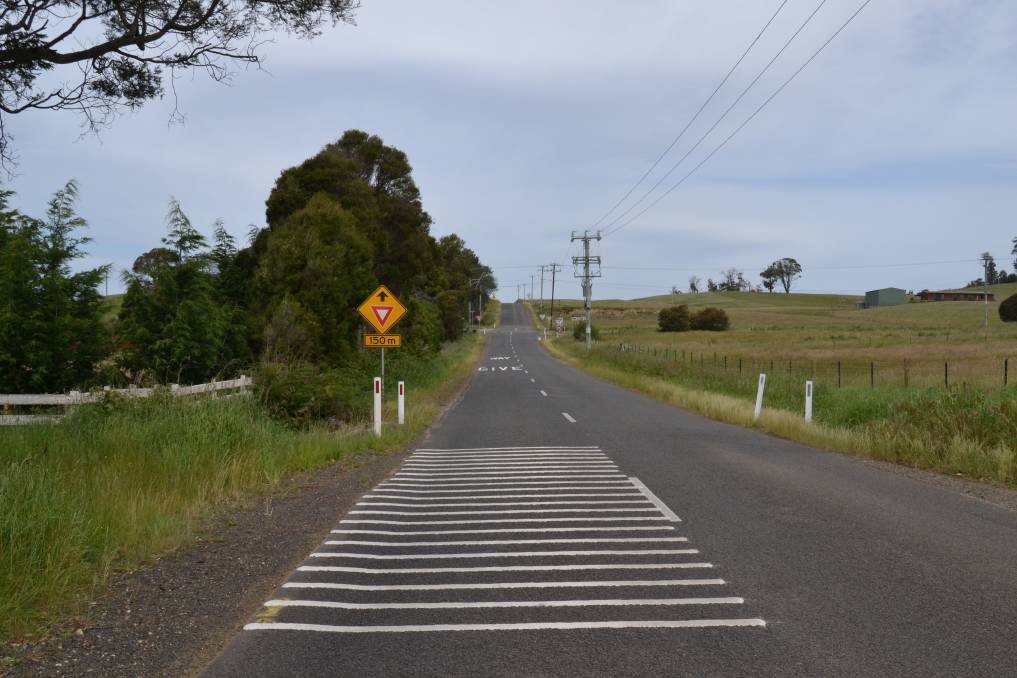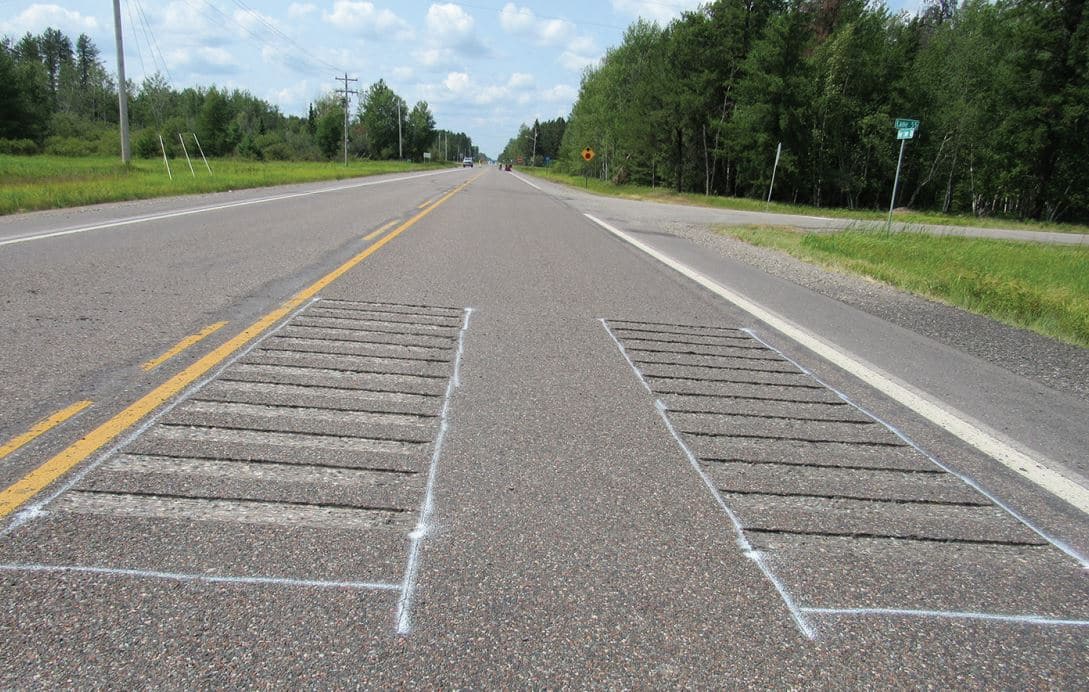


Transverse rumble strips are laid across a travel lane and are used to warn motorists of a potential hazard by creating a noise and vibration feedback to a driver when driven over.
Transverse rumble strips are mainly used on the minor approach to priority-controlled intersections and railway level crossings.
Transverse rumble strips have the potential to provide the greatest benefit on minor road approaches where sight distance is limited, or the conspicuity of the intersection is low.
Design and implementation considerations
- Providing groups of transverse rumble strips may reduce operating speeds
- The longitudinal placement of rumble strips should support intersection warning signage.
- The characteristics of the existing sealed surface (age, material, condition) should be considered for installation of rumble strips.
- Design should consider the potential for nuisance noise from rumble strips in proximity to sensitive land uses such as residential properties.
- Design should consider the possibility of vehicles using the opposing lane to avoid the rumble strips.
The effectiveness of this treatment is generally low/moderate and is considered a Safe System Supporting treatment as the inherent energy at the intersection remains high.
